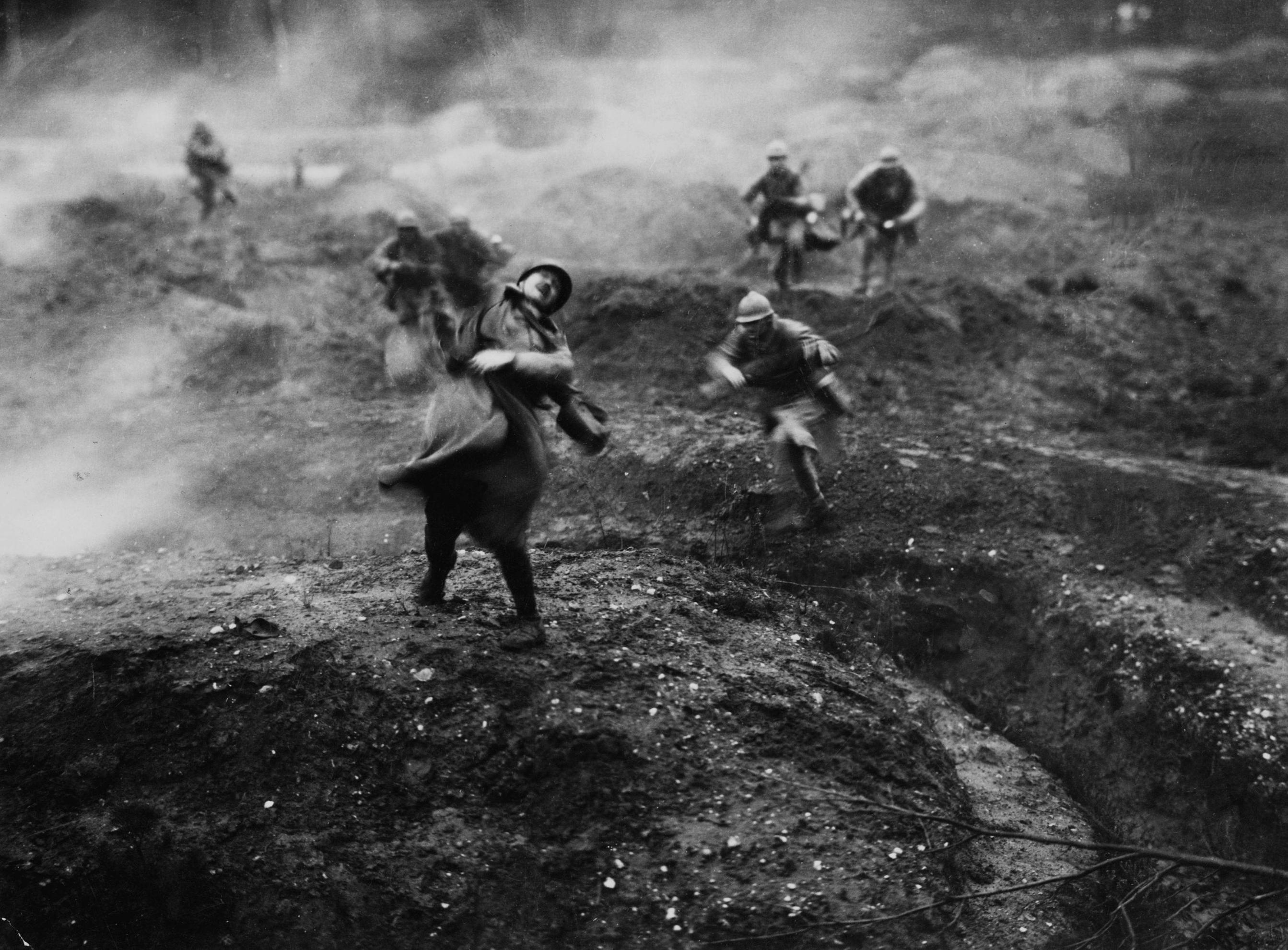
The Army of Alsace was disbanded, the VII Corps was transferred to the Somme area in Picardy and the 8th Cavalry Division was attached to the First Army, to which two more divisions were sent later. On 26 August, the French withdrew from Mulhouse to a more defensible line near Altkirch, to provide reinforcements for the French armies closer to Paris. Joffre ordered the offensive to continue but by 23 August, preparations were halted as news of the French defeats in Lorraine and the Ardennes arrived. The German survivors were pursued eastwards over the Rhine and the French took 3,000 prisoners. The French reached the area west of Mulhouse by 16 August and fought their way into the city by 19 August. Events further north led to the German XIV and XV corps being moved away from Belfort and a second French offensive by the French VII Corps, reinforced and renamed the French Army of Alsace (General Paul Pau), began on 14 August.ĭuring the Battle of Lorraine, the principal French offensive by the First and Second armies, the Army of Alsace advanced cautiously into the border province of Lorraine ( Lothringen). The French retired to Belfort, where General Louis Bonneau, the VII Corps commander, was sacked along with the commander of the 8th Cavalry Division. The French occupied Mulhouse on 8 August and were then forced out by German counter-attacks on 10 August. The battle was part of a French attempt to recover the province of Alsace, which France had ceded to the new German Empire following defeat in the Franco-Prussian War of 1870–1871. 9.The Battle of Mulhouse ( German: Mülhausen), also called the Battle of Alsace ( French: Bataille d'Alsace), which began on 7 August 1914, was the opening attack of the First World War by the French Army against Germany. By the time the battle finally sputtered out in late-December, the French had regained their lost forts and effectively pushed the Germans back to where they started. The Germans continued attacking Verdun all the same, but following a failed final assault that July, they ceded the initiative to the French, who responded with a ferocious counterattack. Spurred on by French General Joseph Joffre’s pleas that his army would soon “cease to exist,” the Allies launched their costly assault at the Somme River on July 1, 1916.Ĭombined with Russia’s Brusilov Offensive, which led to the capture of hundreds of thousands of Austro-Hungarian troops on the Eastern Front, the attack forced the Germans to divert men and artillery away from the Verdun sector at a crucial juncture. The Battle of the Somme is one of the few World War I engagements that matched Verdun for sheer bloodshed, but it may have relieved pressure on the French at a time when their forces were on the verge of collapse. Douaumont would have been all but impregnable under normal circumstances, but its garrison had been reduced to just 57 men in the months before the battle. On February 25, German forces approached Fort Douaumont, the most sprawling of the several dozen French bastions surrounding Verdun. German Forces Seized a Crucial French Fort Without Firing a Shot By February 24-just three days after the initial bombardment-the Germans had advanced several miles and overrun the first two French defensive lines. The French managed to make last-minute preparations after poor weather delayed the German onslaught, but they still found themselves on their back foot during the early stages of the battle. The forts surrounding Verdun had seen little action during the early stages of the war, and many of their garrisons and artillery pieces had been moved to hotter sectors. Despite the massive engineering project going on right under their noses, the French were largely unprepared for a German attack. Using rugged terrain and a huge air presence to screen their movements, Falkenhayn’s men spent seven weeks constructing new railway lines, assembling heavy concrete bunkers to house troops, and stockpiling more than 1,200 artillery pieces.Ī staggering 2.5 million shells were shipped to the front using 1,300 munitions trains.

Germany’s preparations for the Battle of Verdun involved one of World War I’s largest buildups of men and equipment.


 0 kommentar(er)
0 kommentar(er)
